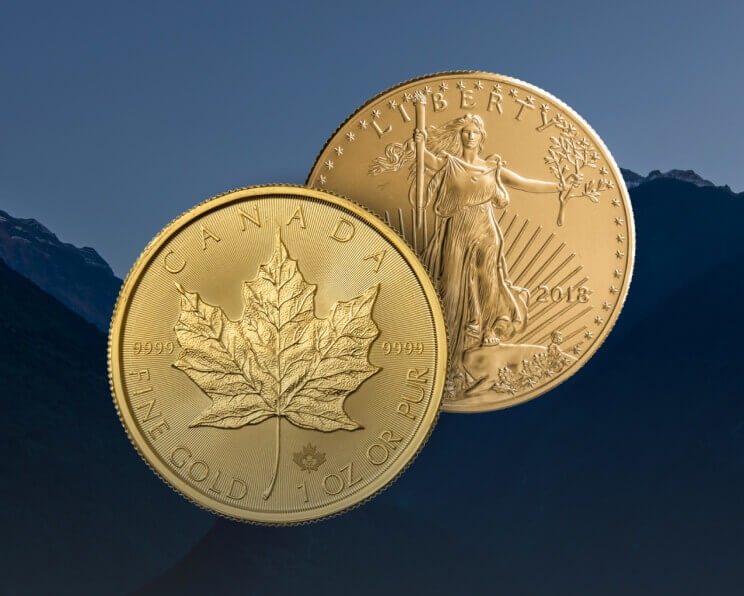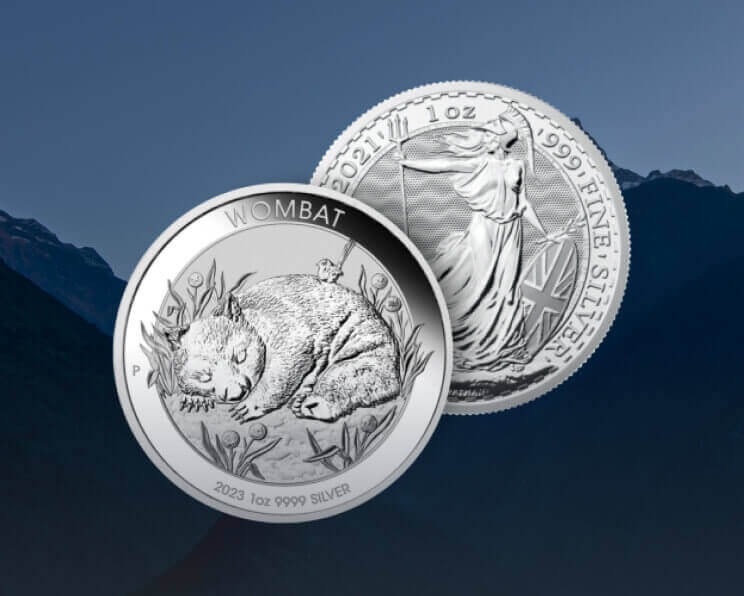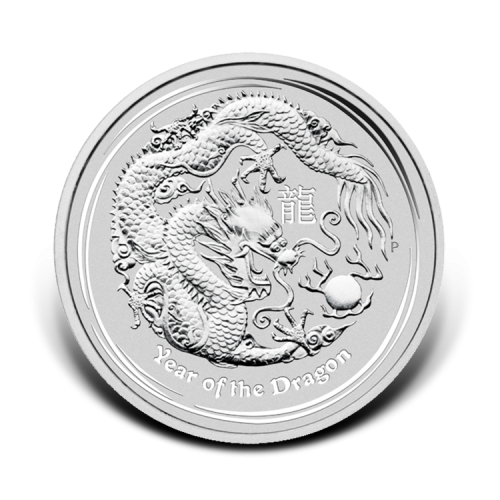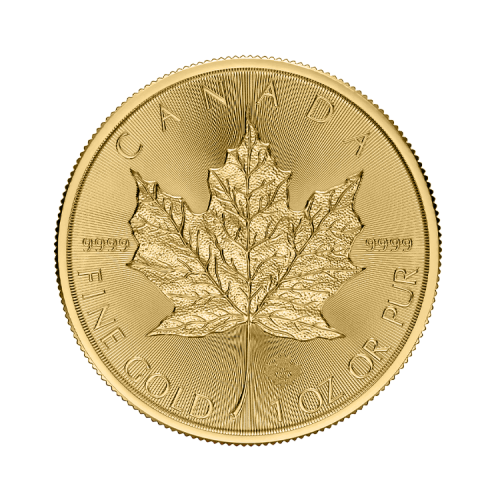Why 1% Interest Costs Billions
Update: 27 August 2025 Reading time: 4 min
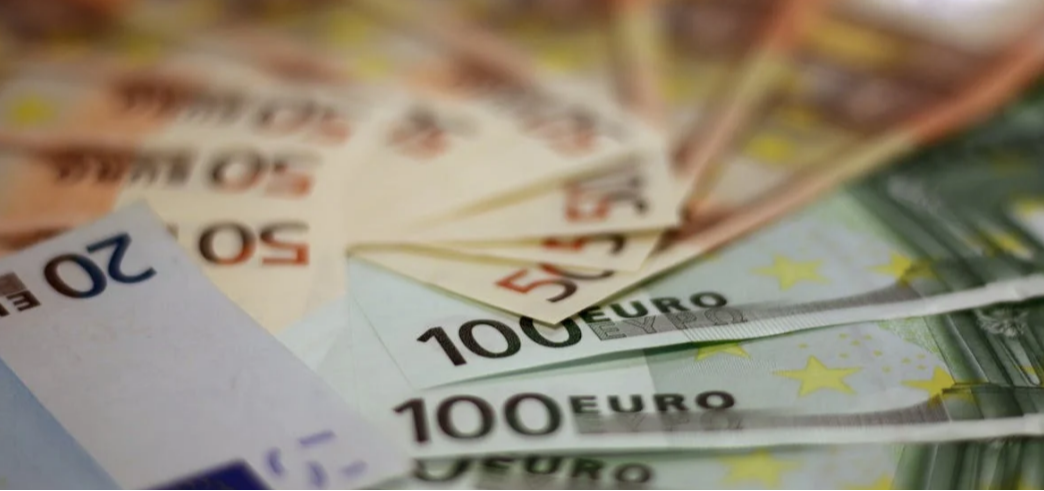
In this knowledge base article, we look at the effect of interest rates on government debt and why a 1% rate can cost billions.
Interest as a Guide for the Economy
Interest rates are an important tool for central banks such as the European Central Bank to influence the economy. If, for example, there is unwanted inflation (loss of purchasing power), the ECB can raise interest rates.
By raising interest rates, saving becomes more attractive and borrowing more expensive. In this way, the appetite for consumption and investment can be slowed down, reducing demand for goods and services and bringing inflation down.
Inflation at Elevated Levels
In recent years, inflation has been on the high side. Important causes include consumer savings accumulated during the COVID-19 crisis and the energy crisis, which has kept gas and electricity prices high for some time.
Between 2021–2024, the ECB raised interest rates to 4% in order to get high inflation under control. Meanwhile, rates have been gradually lowered to 2%, but inflation still remains above the target of 2% — at 3.3% in 2024 and 2.9% in July 2025.
Interest Costs for the Government
Due to high inflation, it is difficult for the ECB to lower rates further. Rates may even need to rise again if, for example, rising food and fuel prices continue to put pressure on inflation.
While higher interest rates mean more savings interest for consumers, they are less favorable for businesses and especially for governments that want to invest. What makes this even more significant is that governments, compared to businesses, typically carry relatively high levels of debt.
7.3 Billion interest
For instance, in 2023 the Dutch government spent as much as €7.3 billion on interest payments for the national debt. This is purely interest — money that cannot be used to invest in the economy. Although government interest expenses are relatively low, government debt is rising worldwide.
High government debt can affect the stability of the economy. Not only do governments have less to spend, or run the risk of being unable to repay debts or interest, but rising interest costs can also force governments to cut spending.
U.S. Policy
This concern has become more relevant due to U.S. policy. The U.S. national debt was already high, but under the new right-wing president, it has increased further. With the so-called One Big Beautiful Bill Act, the government aims to drastically cut healthcare and food aid, while at the same time granting significant tax benefits to the wealthy and investing in anti-immigration policies.
The result is that U.S. government debt continues to rise, while the stability of the American economy was already under pressure due to high debt levels and recent policies, such as import tariffs. It also explains why there is strong pressure in the U.S. to lower interest rates — as this would save billions in interest payments.
Possible economic Risks
Persistently high interest rates combined with rising government debt can create economic risks. This may also be one of the reasons why gold prices have remained high in recent years despite economic growth.
Gold is seen as a safe haven for wealth in times of economic uncertainty. With unpredictable political policies and climate change, the question remains how the economy will develop in the coming years.
Interesse in goud kopen? Bekijk hier ons aanbod.
Disclaimer: The Silver Mountain does not provide investment advice and this article should not be considered as such. Past performance is no guarantee of future results.
 Over Sander Cox
Over Sander Cox
Marketeer

